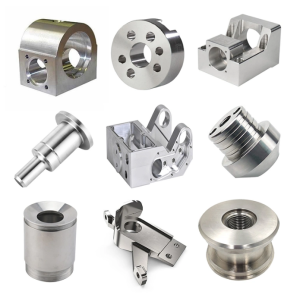Turning is a common method of material removal machining that uses a lathe to rotate a workpiece while a stationary cutting tool moves to remove material along the axis and radial direction of the workpiece to create the desired shape and size. This method is particularly useful for manufacturing parts that are shafted, cylindrical, tapered, or otherwise symmetrically shaped.
Turning can be applied in parts machining
External turning: machining the external surface of a workpiece to the desired diameter and surface finish.
Bore turning: Machining the bore of a workpiece to achieve a specific bore diameter and surface quality.
End face turning: Machining the end face of the workpiece to make it flat or to achieve the desired shape.
Thread Turning: Machining internal and external threads on the workpiece.
Complex Shape Turning: Various complex shapes can be machined by changing the path of the tool and the rotational speed of the workpiece.
Turning has the advantages of high efficiency, high precision and the ability to process a wide range of materials, so it is widely used in the manufacturing industry.


